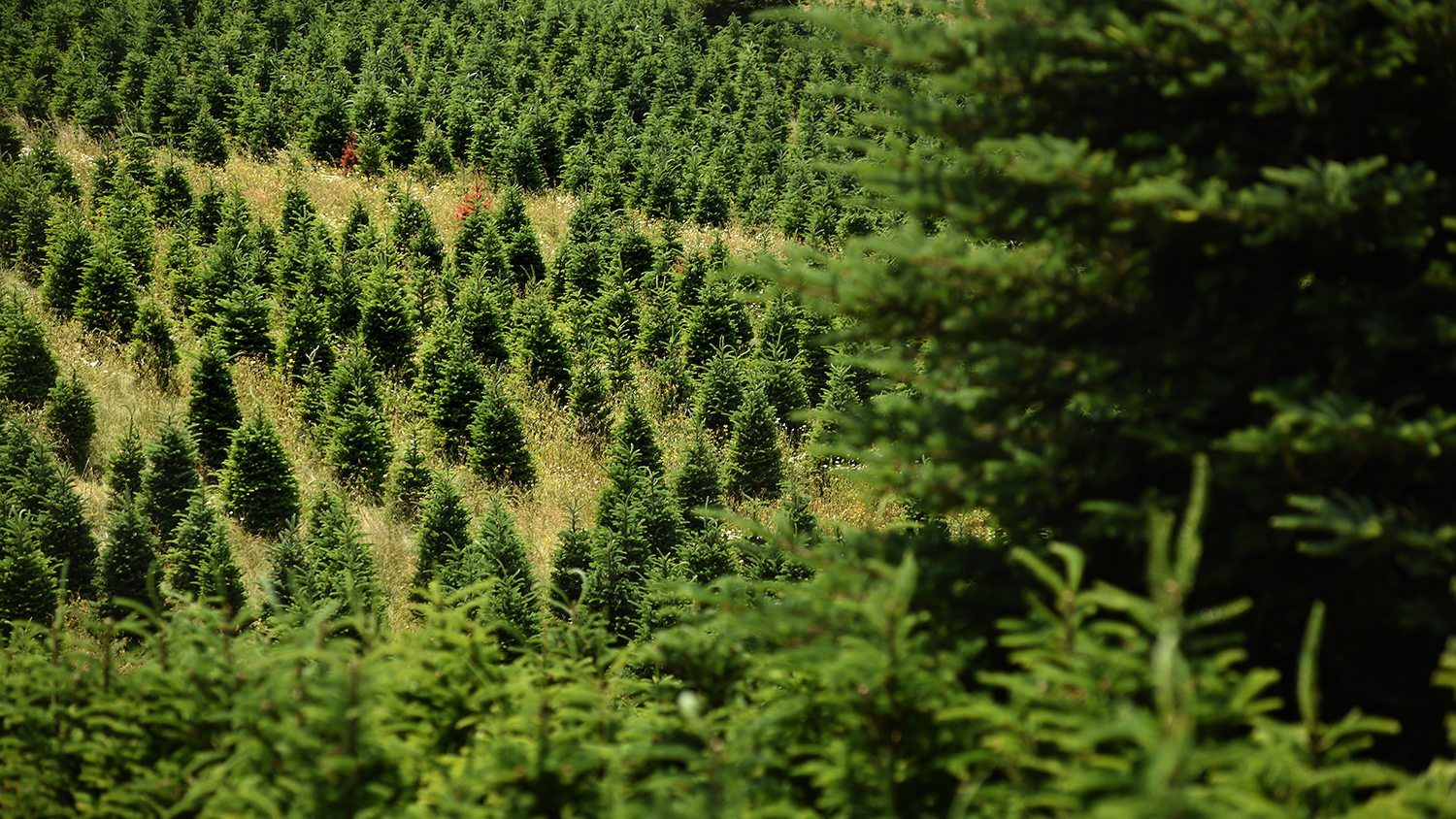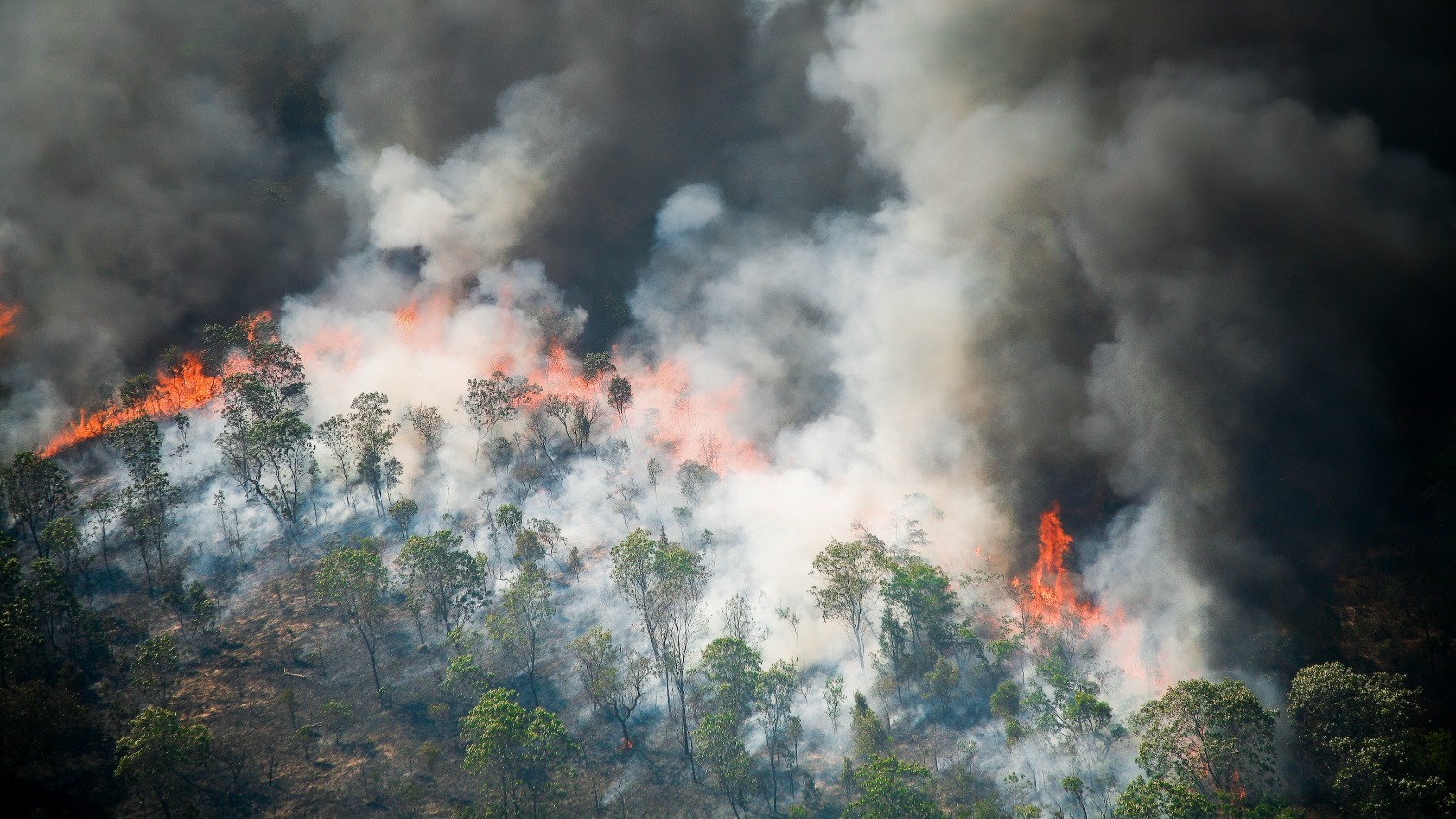Despite Shortage Fears, Most Shoppers Will Find a Real Christmas Tree This Year

The artificial Christmas tree industry is warning customers of a potential tree shortage this holiday season due to production and shipping delays.
But for those looking to purchase a real Christmas tree, the situation isn’t as dire, according to Jeff Owen, an extension forestry specialist at NC State.
Owen, who specializes in Christmas tree production and marketing, said real trees will be readily available for almost everyone who wants one this year.
“The American public has always been able to find a Christmas tree, and I have no doubt there will be millions of trees harvested and sold this year,” Owen said.
According to the National Christmas Tree Association, approximately 25 to 30 million real Christmas trees are sold across the United States every year, produced by some 15,000 farms on about 350,000 acres.
North Carolina is the second leading Christmas tree producer in the nation, with 38,893 acres devoted to production, according to 2017 data from the USDA’s National Agricultural Statistics Service.
However, despite an abundant supply of real trees, customers should expect to encounter increased demand this year, according to Owen.
The demand for real Christmas trees has been strong over recent years, with customers, especially millennials, shopping for an “environmentally-friendly, authentic product,” Owen said.
While artificial trees are made of non-biodegrabable plastic, real Christmas trees are renewable, recyclable resources that don’t pollute the environment.
Real trees can be found at retail and seasonal tree lots, choose-and-cut farms, nurseries and garden centers, big box stores, and some grocery and hardware stores. They can also be purchased online.
Some areas across the country, however, could have fewer retailers or fewer trees this year due to the increased demand, according to Owen.
A real Christmas tree can take 10 or more years to produce from a seedling, so the industry can’t plant more trees to respond to current demand.
Each farmer also sets their own course based on their own business plan, from the small choose-and-cut farms to the largest-scale wholesale grower.
“A free market system isn’t always going to be a perfect match,” Owen said.
The industry is also still reeling from the recent heat waves in the Pacific Northwest, which affected up to 20% of the tree stock in Oregon, the nation’s leading producer.
Despite these challenges, Owen reiterated that shoppers can expect to find more than enough trees at farms and retail lots this year.
“The market is going to be somewhat tight,” Owen said. “But that doesn’t mean people won’t be able to find a tree. It just means the supply will vary in some areas.”
Owen added that customers should consider shopping for a real Christmas tree in late November if they’re looking for a certain size and species as people are now purchasing their trees earlier than usual.
A consumer report released by the National Christmas Tree Association found that real Christmas tree sales occurred earlier last year than in previous years, the result of customers wanting to shop earlier during the pandemic.
“Many stores are now selling artificial trees and other Christmas decorations before Halloween. It’s definitely changed the consumer cycle,” Owen said. “And of course, real Christmas trees grown on a farm that breathe and take up water can’t just be put out on a shelf months before their use.”


